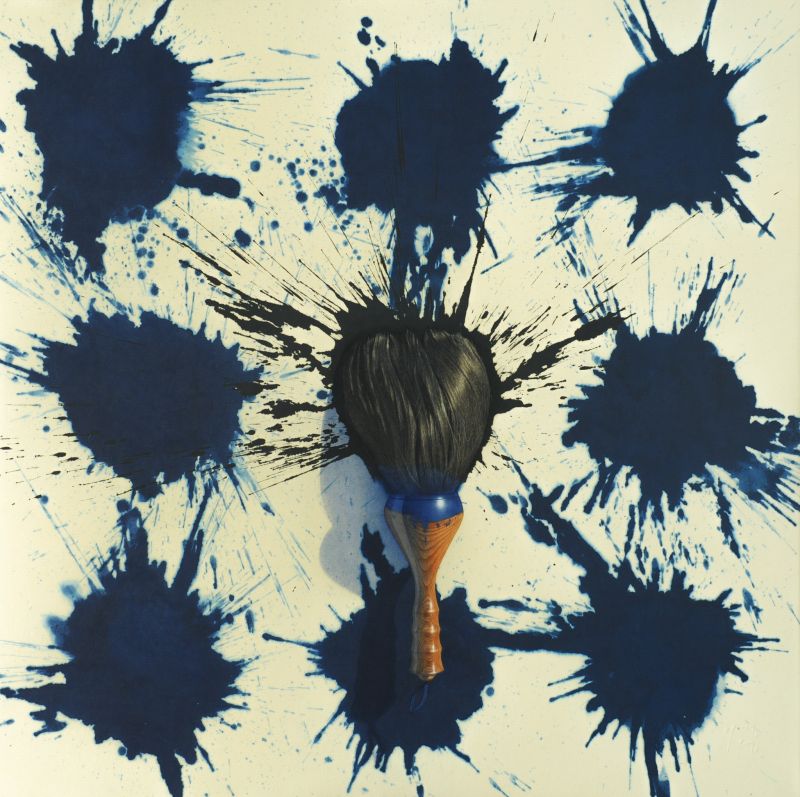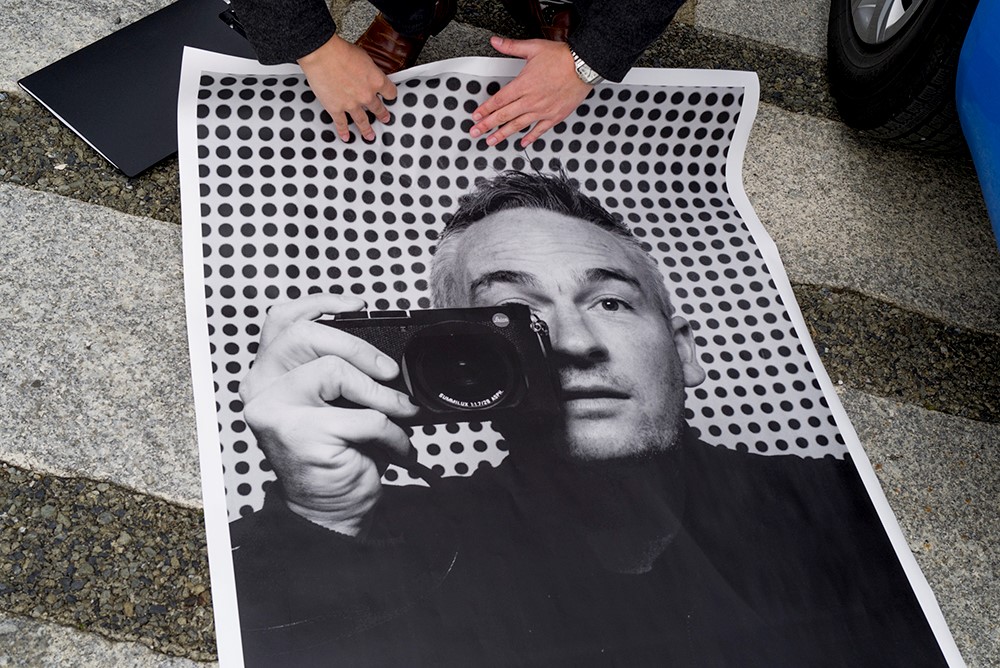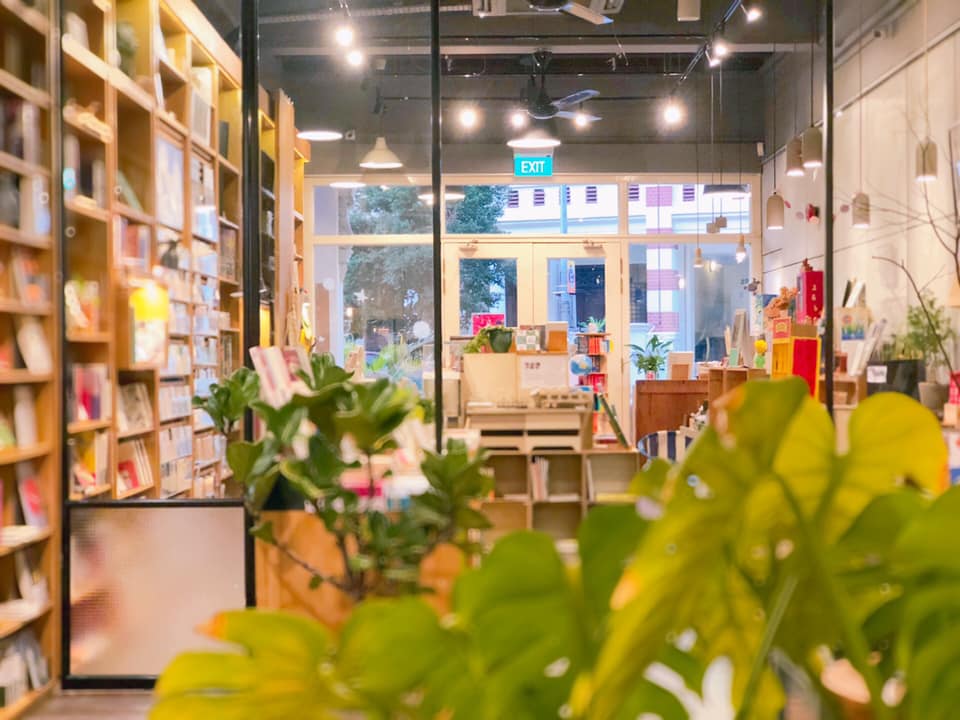What springs to mind when you think of Singaporean dates? If it’s just National Day, then it seems about time for an overhaul in how we perceive our homeland. A new art program hopes to relook at dates and holidays in our local calendar, while humanizing art appreciation in a scene oversaturated with gallery openings and events.
Singapore Calendar (or SG Cal) is a brand new experimental program by arts organization OH! Open House, who is more famously known for their neighborhood art walks. Instead of neighborhoods, however, the seasonal program explores the territory of time, with selected artists responding to key dates in the local calendar. Every iteration of the program will last four months, and consists of pen pal-type interactions between the artist and the audience member. Audience members may receive personalized art drops (both physical and virtual), or be prompted to respond throughout the duration; at the end of the four months, everything culminates in an intimate, physical encounter between participants and the artist himself. Limited to a lean 100 spots, the program is ticketed with subscription closing Sep 15.
Spearheading it as co-curator is Singaporean artist Yen Phang, 39. Calling it a correspondence-based project, Phang said much of its conception was inspired by his time shuttling between Singapore and Canada for the last four years. The changing seasons and time abroad made him realize there’s a greater appreciation for time and art overseas.
“There is a rhythm to life overseas; in Singapore life is very perpetual,” he said. “An expat once called it perpetual summer; for me the word ‘perpetual’ really stuck—the fact that it’s one day after another day after another day.”
“And there is the same thing happening in the art world as well, where I hear the same refrain ‘there are so many shows to go to’; it’s just show after show after show; opening after opening after opening. But what is a show? A show of an artist’s artwork is merely a polaroid, a snapshot of a much longer narrative arc in an artist’s life. The artist will continue thinking, will continue working, experimenting—but we don’t see that. All we see is that one point when they say ‘this is finished’. It’s an arbitrary point.”
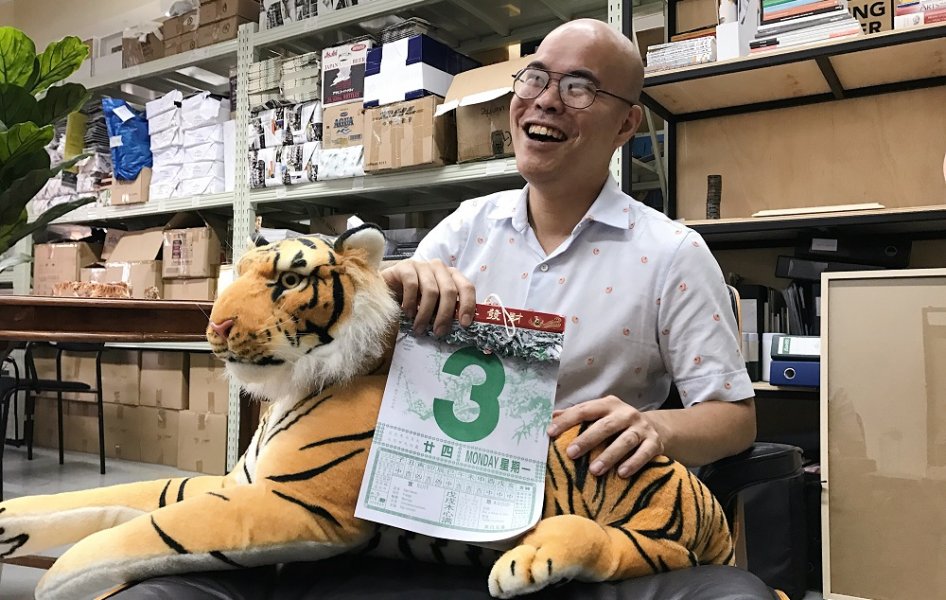
Phang, a tiger, and the physical manifestation of the Singapore Calendar
Hence, SG Cal hopes to open up that process, to uncover the raw, informal aspects of an artist’s life—his thought process, his failures—beyond just the final gallery show.
Inevitably, this does place undue stress on the artist, who risks losing authenticity to better present uncompleted works. As such, there is a lot of matchmaking between programmers and artists before deciding who is a good fit for the project. According to Phang, artists that work for the SG Cal structure are “those who don’t blackbox their ideas”, or resort to pre-fabricated ideas to meet curatorial tastes. The current pool in talks comprise of seven artists ranging from emerging names to mid-career practitioners.
Phang is full of praise for his first artist. 26-year-old LASALLE graduate Eugene Tan opens the series; responding to the recent Hungry Ghost Festival, he will investigate the hotly debated contest between public regulation of space and private ritual, in remembering the dead in 21st Century Singapore. Conducted entirely through the medium of the Internet, Tan’s art is part of a larger continuing body of work.
“One thing we liked was he just kept doing stuff, he just kept on producing work for himself and he doesn’t wait for opportunities,” said Phang, who isn’t afraid to make jibes at an arts scene currently shaped by open calls themed around army, public installations and light. “And I think that’s a very honest way of working. It’s less pre-determined; it’s less subjected to the whims of curatorial trends or the ambits of open calls.”
A date with death
The Hungry Ghost Festival may have just ended, but thinking about how we treat our lost loved ones in today’s age doesn’t have to. Tan’s four-month journey attempts to look at how the processes in dealing with death have become so accelerated in our digital age.
“Administration is very different, the psychology that happens after that is also very different,” explained Phang. “Now we die on very different dimensions, and we remember the dead on very different dimensions as well; how do we acknowledge that in a time where a lot of things are not physical anymore?”
His first art drop is a call-and-response click-through of Internet art, to gather thoughts on ceremonial burial and grave exhumation. These he will take into consideration to reiterate on his work; for this particular iteration, audiences will receive monthly “offerings” facilitated through the OH! team.
Because Tan works with Internet art (which Phang keenly emphasizes is different from simply presenting art online), all the drops are virtual—a “lucky” coincidence that minimizes logistics in this launch, said Phang.
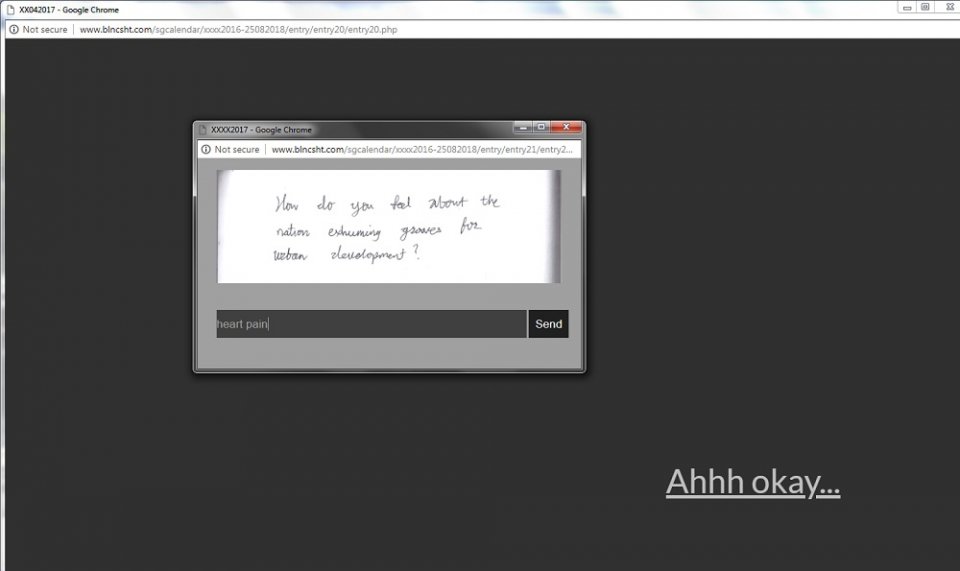
The first (free to public) drop
For a first prototype, SG Cal attempts to do a lot—form a relationship between artist and audience, for one; celebrate Singapore stories in a “different way from STB (Singapore Tourism Board)”; but above all, redefine art as a practice for both the artist and the audience.
In a time where art appreciation revolves around attending faceless museum shows, it’s easy to lose sight of the human behind the artwork—until their next show. The true marker of success, says Phang, is for the final encounter not to be a goodbye, but to mark the start of a continued relationship between artist and audience.
“It’s a bit of an aspiration of a habit-forming thing. Overseas the more mature collectors, they value the relationship; the artwork is just a proxy for the subjective relationship that the collector has with the artist and the artist’s ideas.
“So if they see viewing and appreciating art as not just going to an opening, but as following an artist over time, then hopefully at the end of each edition of SG Cal, they will already have that expectation of ‘oh, art is not just going once to an opening and seeing stuff’. Art appreciation is an active process, where you take an active curiosity in an artist.”
Uniquely Singaporean
As for what dates audiences can look forward to in future iterations, Phang shared that they can be anything as unique as the Great Singapore Sale or to simply exploring how global holidays like Christmas are celebrated differently here. If anything, it’s not the date that makes it Singaporean, but the artist.
“Every day does not have a single definition. STB will give the most palatable presentation of what that date means for Singapore, but if you look at everyone’s individual experience of that day, it’s actually very varied. When artists ask if it should be about Singapore, I say no; it should be about your experience with that date, your personal history with it, how it shapes you to look at your own life,” he said.
“As artists, your role is always to respond to the conditions of your time and place. If you’re sensitive to the world around you, then Singapore will be part of it.”
Sign up for a slot to start your new art appreciation journey here.



